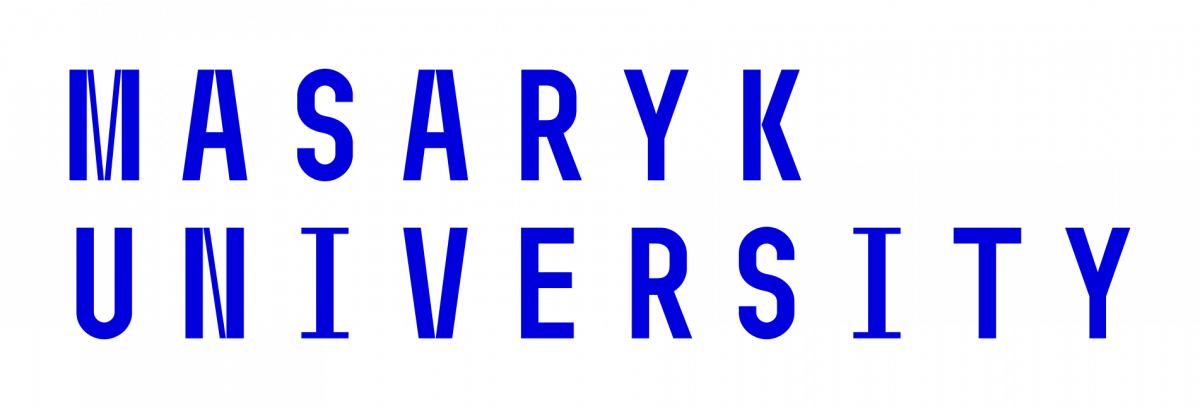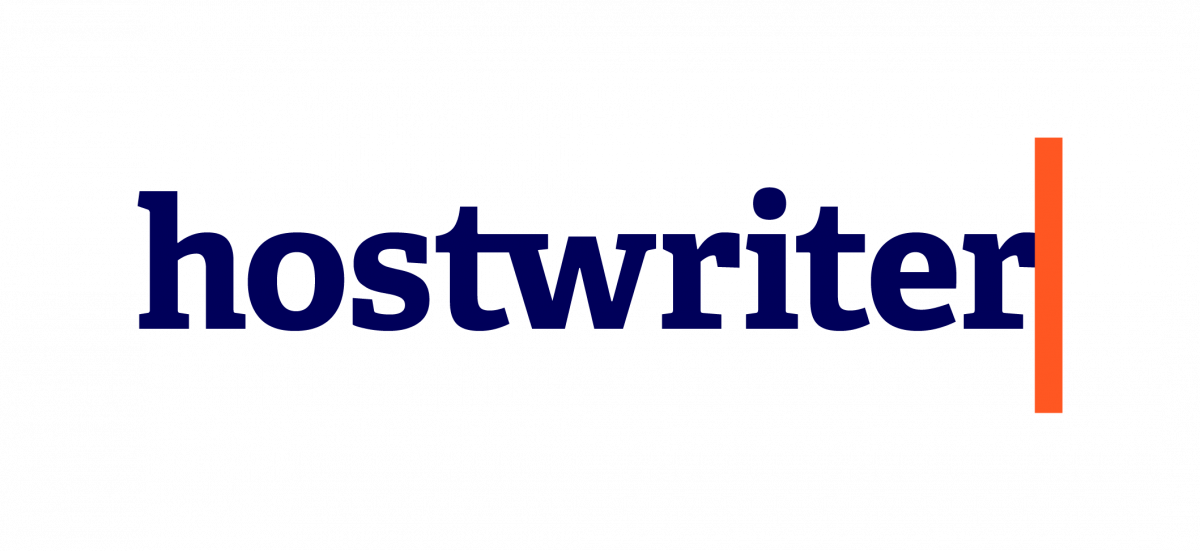In covering migration and forced displacement, ethical debates on news content and journalistic performance are frequent. This has been demonstrated, for example, by the case of Alan Shenu (often reported as Aylan Kurdi) who was found drowned on a beach in Turkey in 2015. As the picture of his corpse made it to the covers of newspapers worldwide, there was a fierce debate on whether showing this image now turned iconic was inadequate, or rather inevitable to call the worlds’ attention to the ongoing tragedy of shipwrecking in the Mediterranean Sea.
Being a controversial and emotionally charged issue in many countries, journalists covering migration and forced displacement and their reporting have come under attack from anti-migration groups in society, which may put them in challenging situations. While often helpful to get access to groups of migrants and refugees, NGOs such as aid organizations or pro-immigrant civil society groups may have vested interests and try to instrumentalize media coverage as well. Of course, political or government agendas on migration and forced displacement, whether hidden or not, must be questioned by journalists as well.
As issues of migration and forced displacement are a common topic of “fake news” and misinformation, fact-checking is of great importance in this field. The European Federation of Journalists urges reporters covering these issues to challenge myths and stereotypes. Also, the organization suggests writing not about a “migrant or refugee crisis”, but rather about a crisis of “migrant policy”, to avoid making the people a problem and shed light on the broader context. Moreover, terminologies are important for journalists to follow, in order to provide adequate reporting.
There is also criticism of a tendency to one-sidedly depict migrants and refugees as victims, rather than as (groups of) individuals acting in their own right. This image of migrants and refuges might be due to the topical focus of media coverage on catastrophes and tragedies, or on conflicts and (culture) clashes between migrant communities and the (assumed) majority group in society, rather than on the contextual factors, causes and consequences of migration and forced displacement. Consequently, it has been suggested that migration and forced displacement is particularly suited for a “constructive journalism” or solutions-oriented approach, as well as for collaborative cross-border journalism, as it is a topic which is both global and local at the same time.
The media focus on migrants and refugees as criminals has also been challenged. Other observers take issue with the depiction of migrants or refugees as heroes, ultimately “othering” them.
The protagonists of stories on migration and forced displacement may be traumatized, which can make interviews difficult. Also, journalists themselves can be traumatized by their reporting. Situations that are challenging from a professional ethics point of view may also arise when journalists are asked by their interviewees for some kind of support, be it money, food, help in their asylum-seeking processes, or even smuggling to another country.









